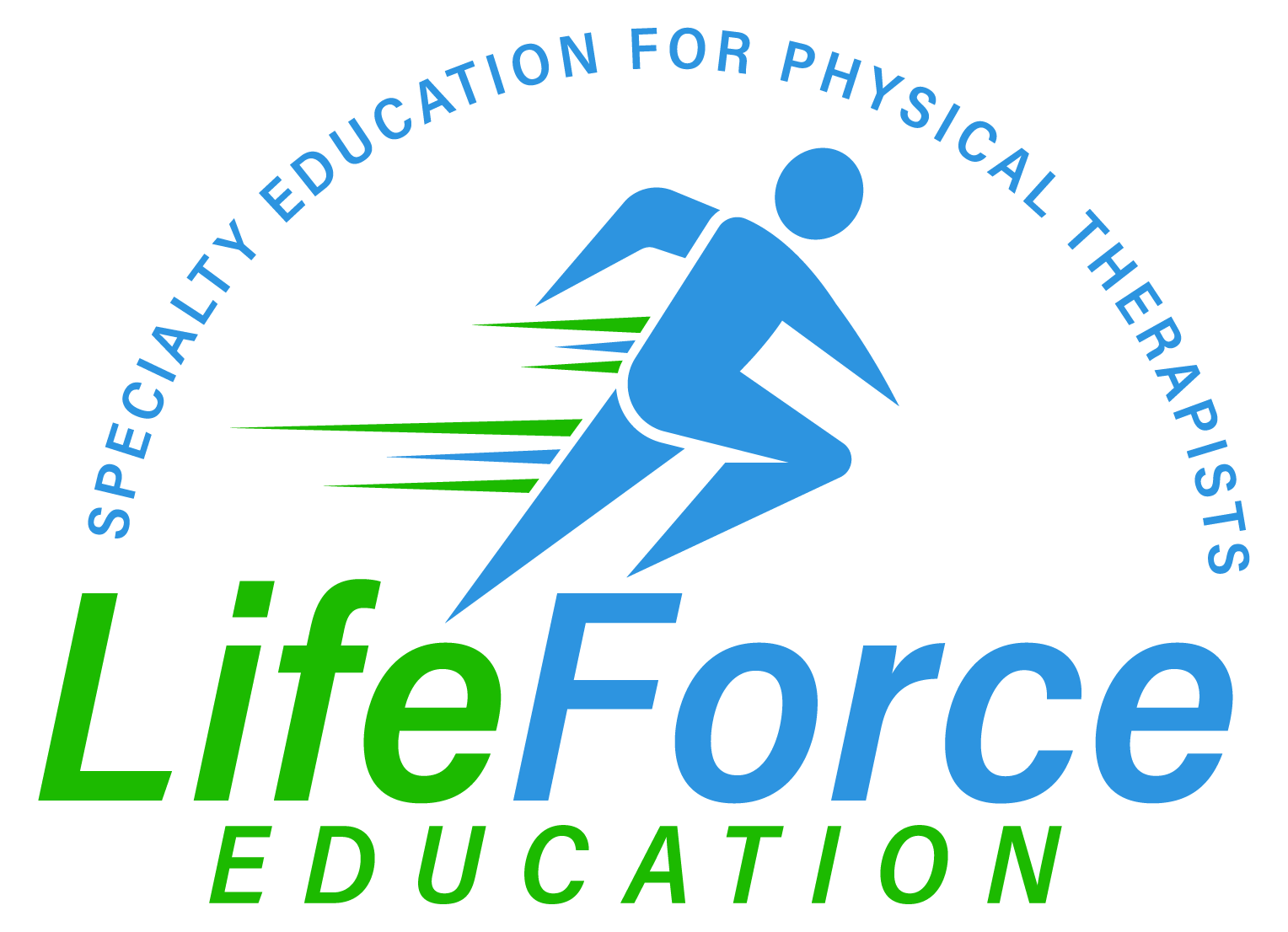Cranium/Headache
Course
In-person dates:
November 8-9, 2025
Wilmington, NC
LifeForce Physical Therapy
6752 Parker Farm Dr
Learn to Become a Headache Specialist:
Covers cervicogenic, tension-type, dural, post-concussion and migraine headaches. Confidently assess for red flags and other presentations that need outgoing referral. In-depth review of select cranial and occipital nerves.
-
On-line Discussion
With other learners and
instructor -
CEU Course
See specifics for each course -
24 hours Total
Course duration -
Current Evidence
Key research papers

Headaches: How specialty therapy can help patients that suffer from headaches
Clinical evidence shows that physical therapy is effective for many types of headaches by using a combination of manual therapy, exercise therapy and specific advice. This course can help you become an expert in the clinical treatment of different forms of headaches.
Courses qualify towards required specialty CEUs for application to sit for the CCTT certification exam.
Attract an expanded referral base of neurologists, primary care, dental professionals, ENTs, neurosurgeons and other cranial pain specialists.
Courses qualify towards required specialty CEUs for application to sit for the CCTT certification exam.
Attract an expanded referral base of neurologists, primary care, dental professionals, ENTs, neurosurgeons and other cranial pain specialists.
Course Syllabus
This Headache/Cranium Course is an intensive, in-person course that is blended with online didactic education for a comprehensive 24 contact-hour learning experience.
Dr. Liz Henry
Patrick Jones - Course author

